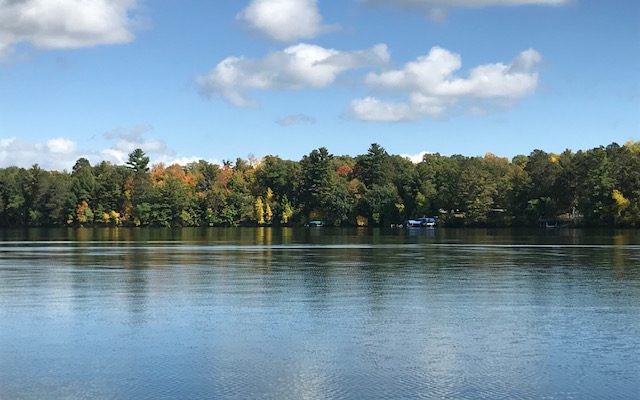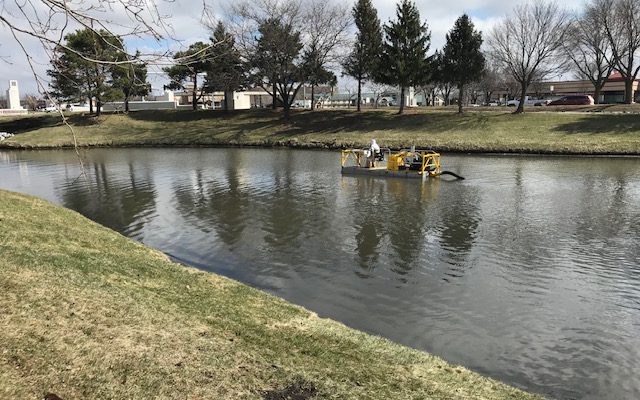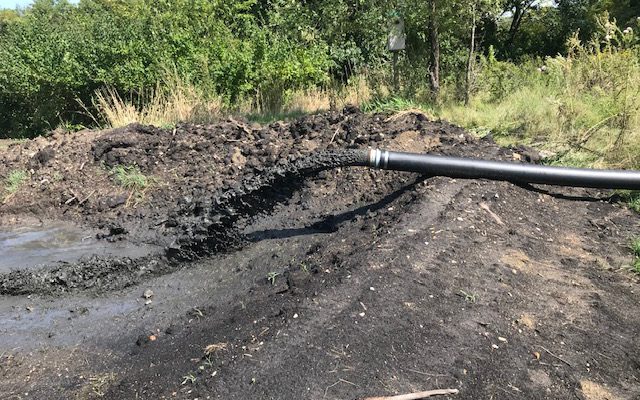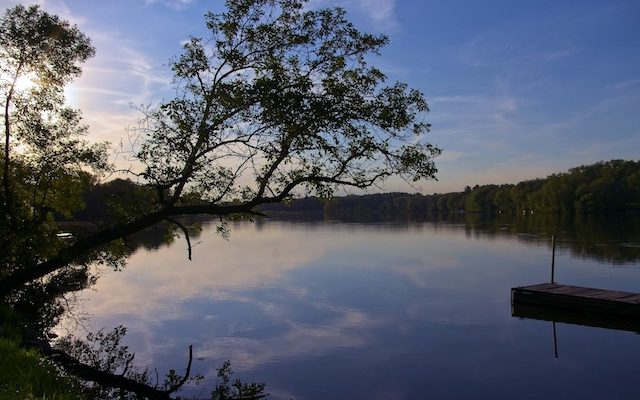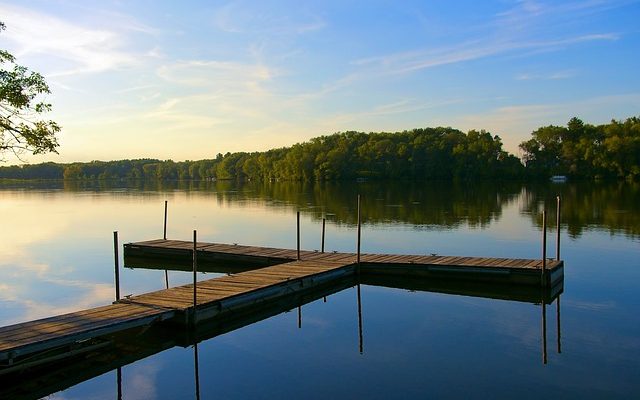What Is Dredging?
As sand and silt wash downstream, sedimentation gradually fill ponds and lakes. This material must be periodically removed by dredging.
Dredging is the removal of sediments and debris from the bottom of lakes, rivers, harbors, and other water bodies. It is a routine necessity in waterways around the world because sedimentation—the natural process of sand and silt washing downstream—gradually fills ponds, lakes, and waterways.
Dredging often is focused on maintaining or increasing the depth of any body of water. Dredging is also performed to reduce the exposure of fish, wildlife, and people to contaminants and to prevent the spread of contaminants to other areas of the water body. This environmental dredging is often necessary because sediments in and around cities and industrial areas are frequently contaminated with a variety of pollutants. These pollutants are introduced to waterways from point of sources such as sewer overflows, municipal and industrial discharges, and spills or nature; or maybe introduced from nonpoint sources such as surface runoff and atmospheric deposition.
Why Dredge Your Pond?
Dredging is essential in keeping varying bodies of water clean for both human & aquatic life. Sediment and muck accumulation will occur naturally over time, and if unattended can adversely affect recreational activities such as kayaking, fishing, or swimming. Dredging helps remediate eutrophication which is an excess of nutrients in the water due to runoff. This can cause dense plants like weed & algae to over-populate the area, smothering other plant & animal-life, & leading to oxygen deprivation.
Benefits of pond dredging include:
- Cleaner water which helps maintain a flourishing ecosystem
- Helps preserve local flora & fauna
- Trash & muck removal
- Keeps ponds/lakes from becoming odorous
- Maintains an aesthetically appealing look
Join Our Newsletter
Join our newsletter and get our best articles on pond, lake and
waterway dredging in Iowa and surrounding states.

